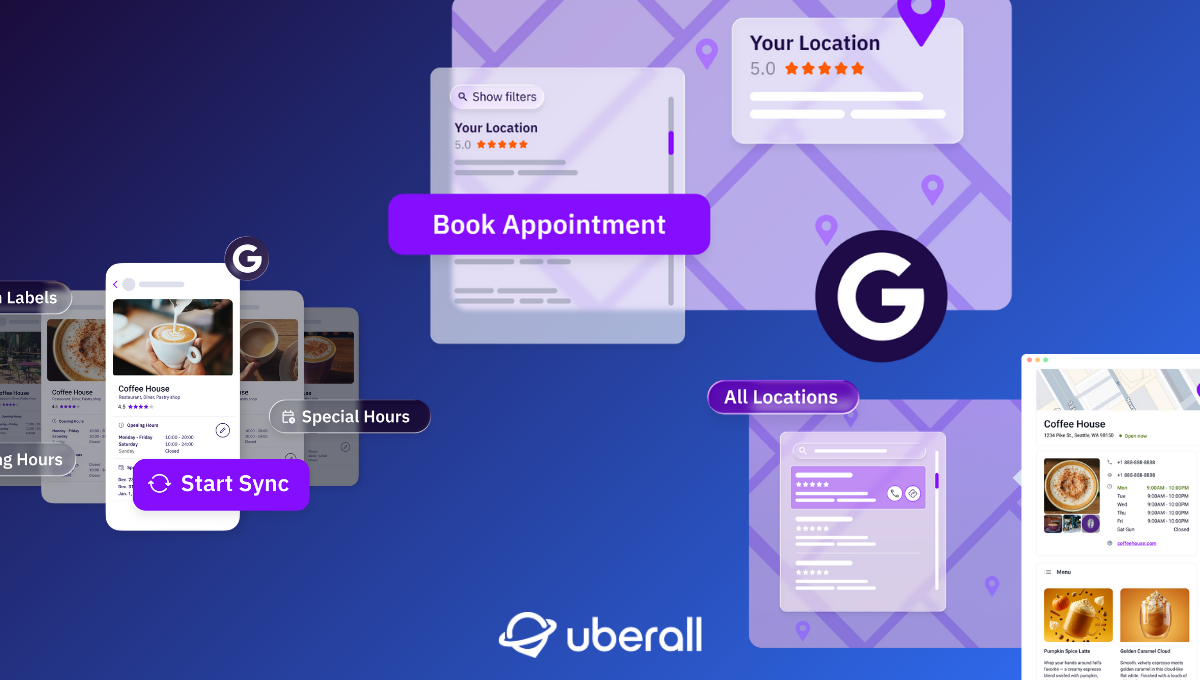
Tailoring Your Online Presence With Local Landing Pages
Acting like a mini-website, local landing pages are an essential—and excellent—local SEO tool to get found and be chosen by local consumers. Here’s how!
As search engines gravitate towards user intent while getting more clever about semantics, businesses relying on old keyword-stuffing techniques should brace for a shock. Local SEO has changed, big time—and if your digital marketing doesn’t keep up, you might find your stores’ visibility start to get foggy.
Multi-location businesses must ensure they fulfill—no, exceed—search expectations. One of the simplest yet most useful ways? Establish local landing pages for your brand’s website. In this blog article, we give you the full tour—starting with what local landing pages are and why they matter.
What Are Local Landing Pages?
Unlike other areas of your website—like those designed to tell your story, show off your products, advertise open jobs, or perhaps take care of regulatory or commercial needs—local landing pages have a straightforward task: show people and search engines where a business operates; and what it offers.
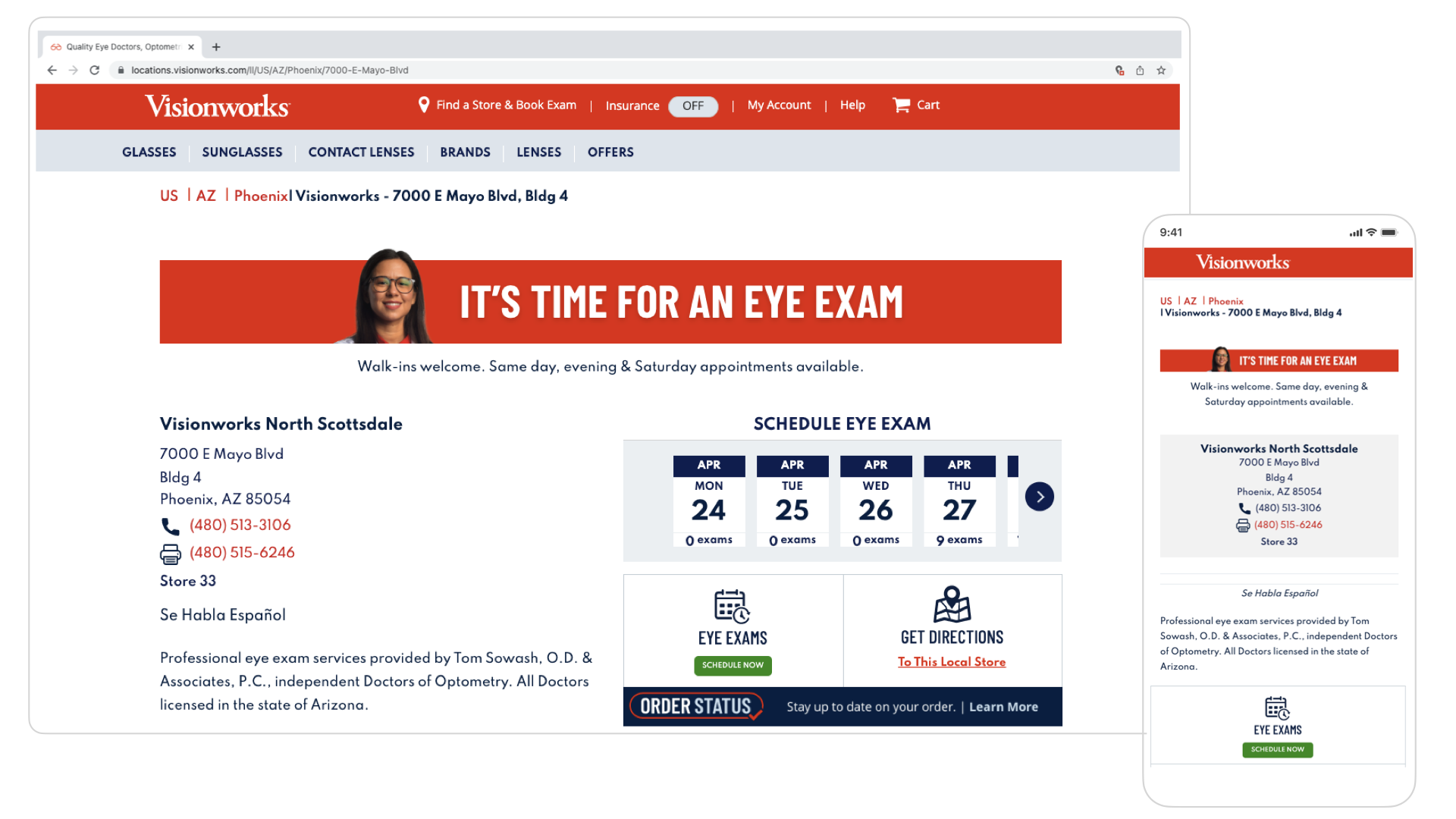
A typical local landing page contains details such as the business's address, phone number, and operating hours. Moreover, they may feature localized content that resonates with the community, such as testimonials from local customers, references to nearby landmarks or neighborhoods, and special promotions or events. What shouldn’t be missing either are clear calls-to-action to encourage visitors to take the next step—whether it's making a purchase, scheduling an appointment, or contacting the business directly.
Why Multi-Location Businesses Need Local Landing Pages
Local landing pages provide a personalized experience for visitors, showcasing how the business caters to the local market. Specifically, they help hooking users who are searching for something “near me” and “open now”—a consumer behavior that has grown 400% in recent years.
The Benefits of Local Landing Pages
Local landing pages are of strategic advantage for multi-location businesses because they provide information on what users are looking for at the exact time they look for it. This allows for:
- Targeted Marketing: Local landing pages enable businesses to tailor their messages and offerings to specific geographic areas, improving relevance for local audiences.
- Improved User Experience: Visitors from different locations can find relevant information quickly, increasing engagement and reducing bounce rates.
- Increased Conversion Rates: By addressing local needs and showcasing location-specific offerings, businesses eliminate all hurdles for a purchase.
- Scalability: Local landing pages can easily be replicated across multiple locations while maintaining local relevance and customization.
What’s more, you can lead local landing pages to pull double duty for you—use these pages in local directories, email marketing, your Google Business Profile, and other times you want to direct people to a specific location rather than the global homepage.
SEO Impact of Local Landing Pages
Implementing local SEO landing pages can significantly benefit a company's SEO strategy. Why? Because you can create local content and optimize with location-specific keywords to enhance your chances of appearing in local search results. Did you know that local page signals influence 21% of local SEO rankings?
By incorporating location details such as city names, neighborhoods, and landmarks, local landing pages can attract organic traffic from users searching for products or services in those areas. This localization also helps businesses rank higher in local search engine results pages (SERPs), especially for "near me" searches or other location-based queries.
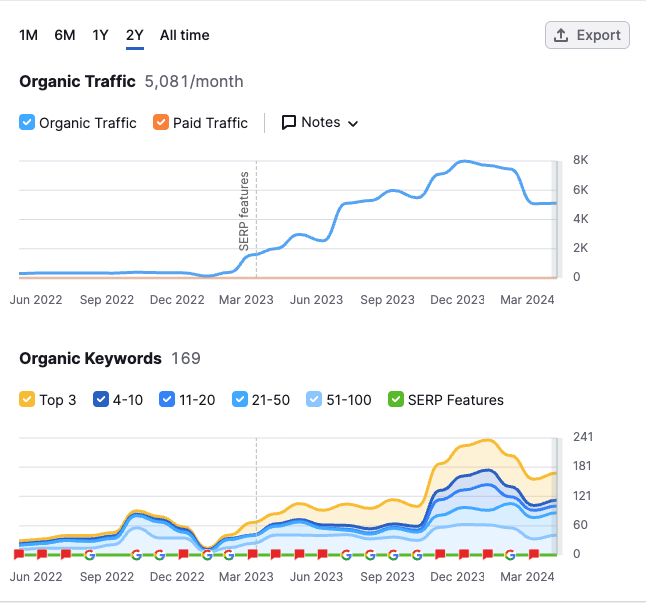
While local landing pages can rank themselves, they also boost the overall website authority, attracting more qualified leads from nearby communities.
Meaning: giving information on a given topic (for informational searches) or enabling a purchase (for transactional searches).
The Nuances of Local Landing Pages for Search Optimization
Local landing pages are not a magic SEO wand, though. They form one part of your local search arsenal, one of several signposts, working for your on-site SEO in conjunction with two other page types: store locators and service area pages.
Store Locators
A store locator ought to provide convenience and accessibility by helping users find physical locations of a business. Typically displayed on a map interface, it shows all existing stores or branches, serving as a vital link between online and offline channels.
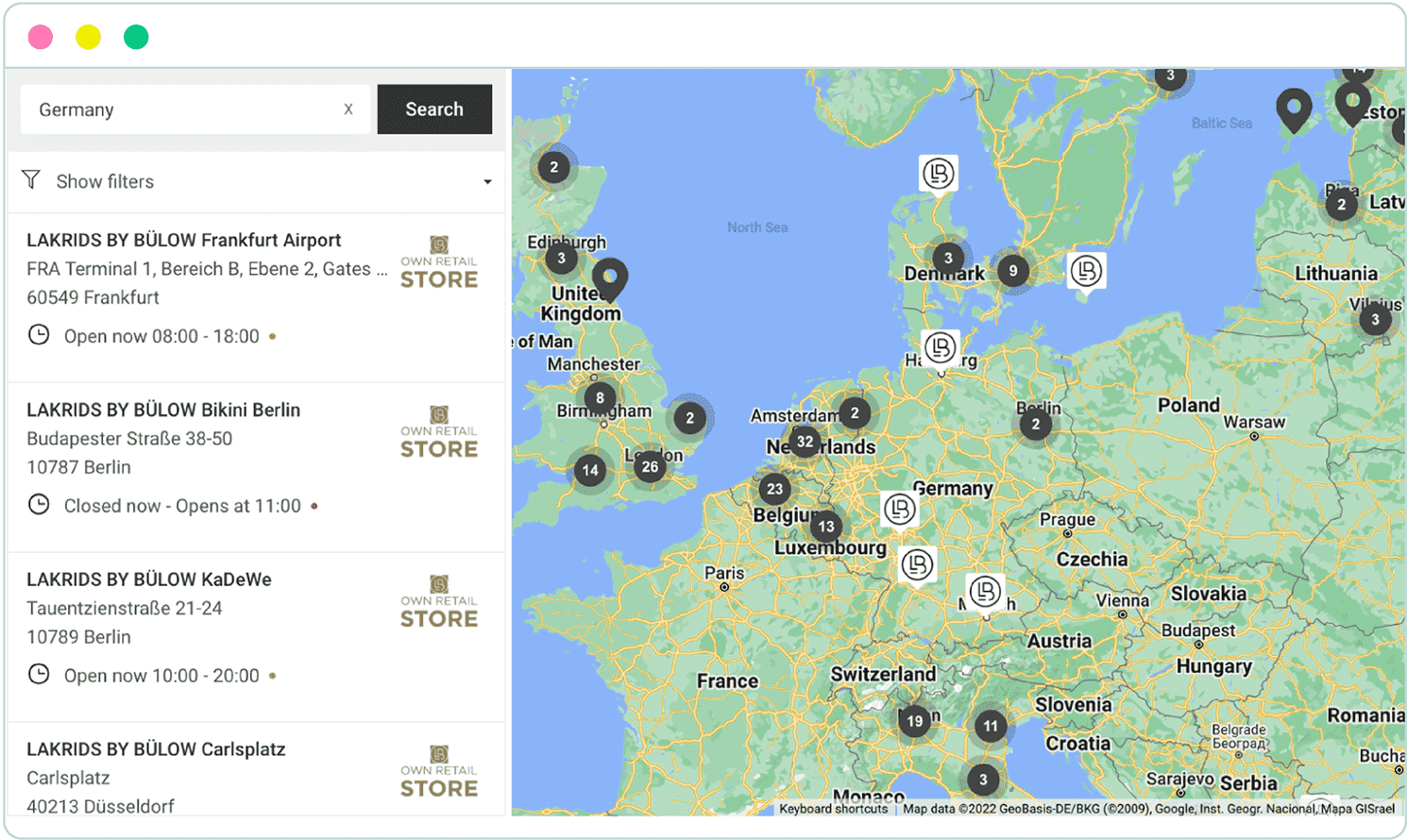
Effective store locators enable digital marketers to track user interactions, and so By integrating a store locator with local landing pages, businesses offer a streamlined user experience that encourages engagement and conversions.
Besides a better search ranking, they can gather valuable insights into customer behavior, preferences, and geographic trends. This kind of data-driven local marketing approach can lead to better marketing strategies and more informed customer engagement initiatives.
Service Area Pages
Service area pages outline the specific regions or neighborhoods where the business offers its services, highlighting the coverage area on a map or through a detailed list. In other words: they focus on countries, states, cities, and potentially single neighborhoods—but not shop.
Service area pages complement local landing pages by providing clarity to potential customers about whether their location falls within the company's service radius. In order to gain traction with a service area page, you need to prepare for extensive keyword research while anticipating your prospects’ needs and questions.
Hang on—what’s the difference now?
What’s the Difference?
Store locator, service area pages, and local search landing pages serve very different purposes.
Store locators afford users a single place to input their location, zip code, or other landmark details to find the closest store for their needs at any given time. Service area pages and local landing pages can be linked towards here, allowing for two types of geo-targeting: service area pages cover geographical regions (like plumbing services) while local landing pages are about a particular location (like a retail shop) with a single address.
Whether used separately or in tandem, each of these page types aim to improve visibility alongside customer experience.
What Should You Put on A Local Landing Page?
The best examples of local landing pages are more than just a template duplicated across every location. In fact, the quickest way to bad local SEO is duplicating the same content for every single location.
Popping a different introductory sentence at the top or featuring a local history tour without tying the narrative to your business doesn’t help either. Instead, consider how you can more specifically address visibility, user engagement, and user experience for that location.
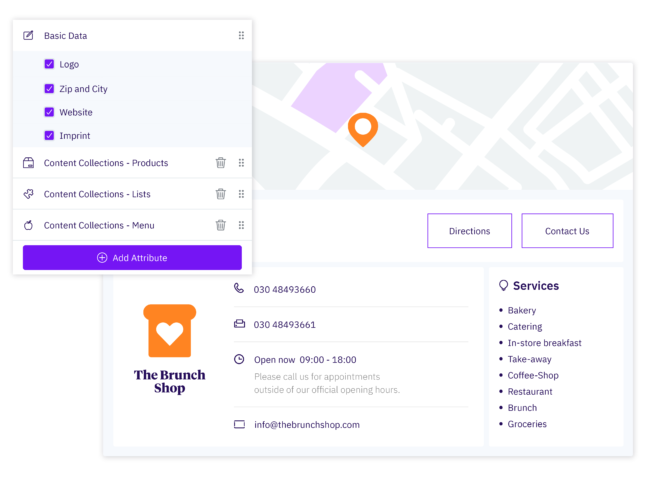
How to Create Content for Local Landing Pages
By acting as a shop window into each of your locations, the best local search landing pages show your potential customers why they should pick your store over all the others in their area. That’s why you should work on laser-focused information for each location.
- Create content written specifically for that service area page, including prominent use of target keywords.
- Show off your local knowledge, providing useful facts like reminders about free parking on Sundays or introducing your local team.
- Describe the local service or product, tackle any frequently asked questions, and showcase the range of your offering with high quality images and video.
- Triple check that you have an actual store at that location—Google does not appreciate businesses who post fraudulent addresses.
Some marketers believe Google prefers not to rank local landings—but that’s not necessarily true because the search engine more and more shies away from mass-produced local pages that opt for quantity over quality.
Your Checklist for Creating Great Local SEO Landing Pages
Struggling with what to write about? Your keyword analysis comes in handy here, and ditto engaging a copywriter who knows their way around crafting great local landing pages. For best results, try to cross off every item on this local SEO checklist:
- Page URL: Include the target keyword and location in the landing page URL; like yourwebsiteaddress/boston-italian-restaurant/ for an Italian restaurant in Boston.
- Title tag: Add the target keyword as title tag that shows in places like search results and link previews; but keep it under 60 characters, including spaces.
- NAP data: Start with adding the business name, address, and phone number (the NAP trifecta) as well as the individual location’s business hours.
- Meta description: Provide a brief summary of the local landing page’s contents to draw people in with the meta description that tends to be one of the first things people see when they search; with typically 155 characters.
- Heading tags: Optimize your H1 tag with the target keyword, and use variations or related terms in any H2 and H3 tags. This not only helps users but also search engines to read your content.
- Intro content: Mention your target keyword within the first 100 words of your page’s body content to show users and search engines alike that they’ve come to the right place.
- Images: Don’t use the same image for all of your local landing pages but unique ones—and make sure both the image title and filename include the target keyword as well as the location.
- Alt text: Carefully fill in images’ alt text—the text that describes images for readers with impaired sight—and include the target keyword and location in that, too.
- Map: Consider embedding a Google Maps widget to make the local landing page more appealing, and help users navigate to your location.
- Reviews: Showcase reviews specific to your location, and include the page’s target keyword if possible—look for more than generic comments, like “I loved it!”
- Social media profiles: If applicable, link to your local social accounts on the bigger platforms such as Facebook and Instagram to prompt higher engagement.
And last but not least: make it user-friendly because of the growing dominance of mobile-first search behaviors!
Keep on Top of Your Local Search Tactics
There’s no other way to put it: The old ways of digital marketing for location-based businesses fail to perform. Whether you opt to handle updates yourself, or choose to get creative with custom builds shared by experts: build your local pages with a platform that provides a treasure trove of rich data for analysis.
Ready to Transform Your Business?
Connect with our partnership team to learn how Uberall can help you achieve similar results. Get a personalized consultation and discover the opportunities waiting for your business.
Resources


